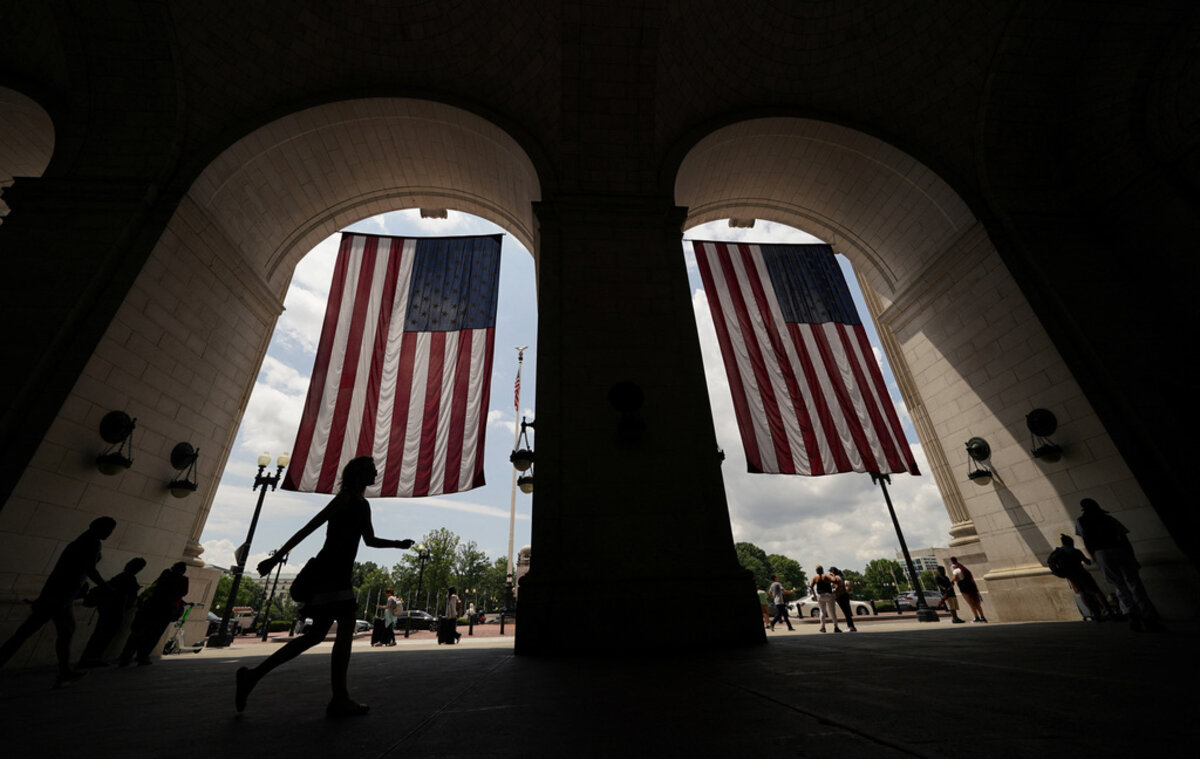Protests and rioting erupted across France after police killed a teen from an immigrant community last week. The unrest has been a tipping point for France’s minority groups, which have long felt pushed to the margins.
Monitor Daily Podcast
- Follow us:
- Apple Podcasts
- Spotify
- RSS Feed
- Download
 Mark Trumbull
Mark Trumbull
The park ranger posed a surprising question.
Basically it was, do you think this is the most important building here on this site? My family had come to see Independence Hall in Philadelphia, the birthplace of the Declaration of Independence and the United States Constitution. We were not in Independence Hall. We were in Congress Hall next door. Not a hand went up.
Then the ranger explained her point: Independence Hall may look fancier and be the home of famous ideas. But Congress Hall was where Americans began putting that new Constitution into practice.
Without implementation, ideas are just words on paper.
This red brick building looks innocuous next to its larger neighbor. But when the early U.S. Congress met here, it became the place where the first peaceful transfer of power happened from one president to another, in 1797. Many Americans wanted George Washington to stay on. Instead, he insisted after two terms that it was time for him to head home, setting a precedent.
The young government also set protocols here for things never mentioned in the Constitution. Our ranger guide took us from the House chamber upstairs to where the early Senate met. Some lawmakers had hoped to do their business behind closed doors. Instead, demands that the press be able to see and hear what happens were heeded.
Not everything got resolved quickly or justly. “The fate of the nation’s enslaved people,” as one historical website puts it, “remained a topic too difficult for Congress to address.”
That, too, fits our park ranger’s larger message – a message that’s resonating with me on the eve of Independence Day: We the people have an ongoing role today in putting into practice the ideals that sustain this nation.










